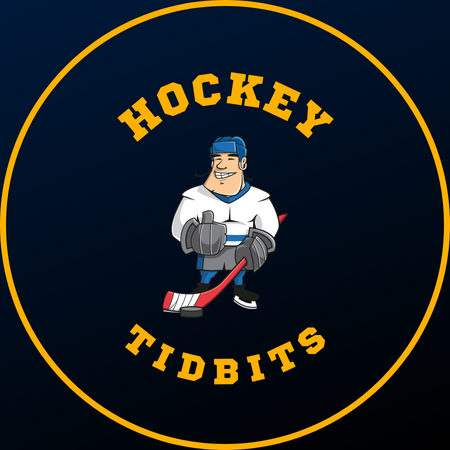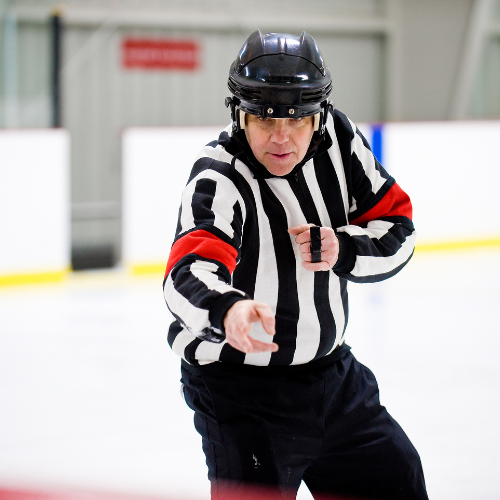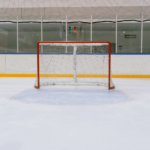Don’t do the crime if you can’t do the time. Taking Hockey penalties and breaking the rules has consequences. In real life when you go against the rules you may end up in jail. If you break a hockey rule …… you gotta do some time in the box. The good news is that you only have to serve minutes and not years.

Hockey Penalties
- Minor Penalty: A minor penalty is a two-minute penalty for a minor infraction.
- Major Penalty: A major penalty is a five-minute penalty for a more serious infraction. Fighting, spearing and but-ending are some examples.
- Misconduct Penalty: A misconduct penalty is a ten-minute penalty for a more serious offense or unsportsmanlike conduct.
- Match Penalty: A match penalty is when a player or Team Official gets immediately removed for the balance of the game. They also get a five-minute penalty (served by another team member}. Match penalties are called when a player commits an intentional act which is deemed to be dangerous to the opposing player.
- Game Misconduct Penalty: A game misconduct penalty is penalty for a player who has committed a major infraction or repeated violations. Game Misconduct penalty or a game ejection is a non-time penalty. If does not result in the offending team playing shorthanded. The offending player is removed from the game.
- Gross Misconduct Penalty: A gross misconduct penalty is an indefinite suspension for a player who has committed any intentional act which is deemed to be dangerous to the opposing player.
- Bench Minor Penalty: A bench minor penalty is a two-minute penalty for any infraction committed by a player or coach on the bench.
- Delay of Game Penalty: A delay of game penalty is a two-minute penalty for any intentional act which delays the game.
- Too Many Men on the Ice Penalty: A too many men on the ice penalty is a two-minute penalty for any team that has too many players on the ice at any given time.

Dave “Tiger” Williams is the all-time penalty leader in NHL history. He played for the Toronto Maple Leafs, Vancouver Canucks, Detroit Red Wings, Los Angeles Kings, and Hartford Whalers over a 16-year career. The “Tiger” racked up a staggering 3,966 penalty minutes in 1,024 NHL games, which is an average of almost four penalty minutes per game. He was known for his enforcer-style of play and his willingness to drop the gloves and fight when necessary {It seemed always necessary}. He also scored a few goals and finished his career with 239 goals and 536 points.
Minor Penalties in Hockey
In hockey, minor penalties are usually issued for breaking a rule that does not warrant a major penalty or a match penalty. Minor penalties are typically two minutes in length and, when in effect, the team that was penalized is forced to play with one less skater on the ice. This situation is called a “Power Play.” The most common minor penalties in hockey are:
- Tripping – When you trip an opponent using your stick or your body.
- Holding – When a player uses his arms, hands or stick to hold another player.
- High-sticking – When a player makes contact with an opposing player above shoulder height with their stick. Even when the action is accidental it gets called because you need to be in control of your stick at all times.
- Cross-checking – When a player has both hands on his stick and uses it to push or hit an opposing player.
- Hooking – When a player uses their stick in a hooking motion with the blade to impede another player’s progress.
- Delay of game – The most common delay of game penalty is called when a player intentionally shoots the puck out of the playing area.
- Interference – When a player impedes the progress of another player who is not in possession of the puck.
- Boarding – When a player checks or pushes an unsuspecting opposing player and they crash into the boards.
- Roughing – When two players are in a minor altercation but don’t drop their gloves and fight.
- Illegal equipment – Could be an illegal stick or in the case of a goaltender equipment not being within the size requirements.
- Too many players on the ice
- Unsportsmanlike conduct – When a player acts in an unsportsmanlike way, which can include physical abuse, verbal abuse, and taunting. It is also used when a player embellishes and overreacts to try and draw a fake penalty.
- Slashing – When a player swings their stick and hits another player’s stick or body.
- Charging – When a player takes more than three strides to increase speed and makes contact with another player.
These penalties can often result in power play goals for the non-penalized team and can be called for any number of reasons. “Stupid penalties” is a slang term used when knuckleheads take stupid penalties. An example of a stupid penalty would be a player who does something to get a penalty when he is on the ice but not involved in the play. Hockey is a tough game and sometimes players lose their cool and take stupid penalties.

Major Penalties In Hockey
A major penalty in hockey is called for a more severe infraction. A major penalty comes with a five minute stay in the penalty box as opposed to the two minutes for a minor penalty. The offending player must serve the full five minutes even if the non penalized team scores. If a non penalized team scores on a two minute penalty then the penalized player does not have to serve the full two minutes. He does however have to take the skate of shame back to his team’s bench knowing that his (or hers), penalty has caused a power play goal.
- Fighting – Called when two players drop their gloves and start punching the crap out of each other. If both players receive fighting majors they can be replaced on the ice and both teams play at full strength.
- Boarding – Tripping, checking or pushing an opponent into the back or side boards.
- Spearing — Striking an opponent with the blade of the stick in a stabbing motion.
- Slashing – Striking or chopping at an opposing player with the stick.
- Charging – When a player hits another player with his body after taking multiple strides or if a player leaves their feet to maximize the impact of the hit.
- Checking from behind – Checking from behind is a dirty hit. It prevents a player from preparing for the hit and increases the chance of injury.
- Check to the head – Any contact above the shoulder that puts the opposing player at risk for injury.
Short handed goals in hockey – Sometimes crime does pay
A short handed goal in hockey is when a team’s on ice players are outnumbered by the opposing team’s players. This usually occurs when a team is down a player because they are serving a penalty.
Is it hard to score a short-handed goal? You bet it is. But it is possible because the team on the power play usually plays their offensive minded players to try and score a power play goal. If the short-handed team takes possession of the puck and moves down the ice offensively sometimes there is a forward playing defense. They are not usually as skilled as a defenseman in preventing a goal. Result….a shorty.

Guess who the all time leader in NHL short handed goals is. Yup….Wayne Gretzky with 73 in his career. Followed by fellow Edmonton Oiler Mark Messier with 63. Rounding out the top five are, Steve Yzerman 50, Mario Lemieux 49 and Dave Poulin with 39.
Thanks for your time and please leave a comment below. Anybody that doesn’t leave a comment will be given a minor penalty.




